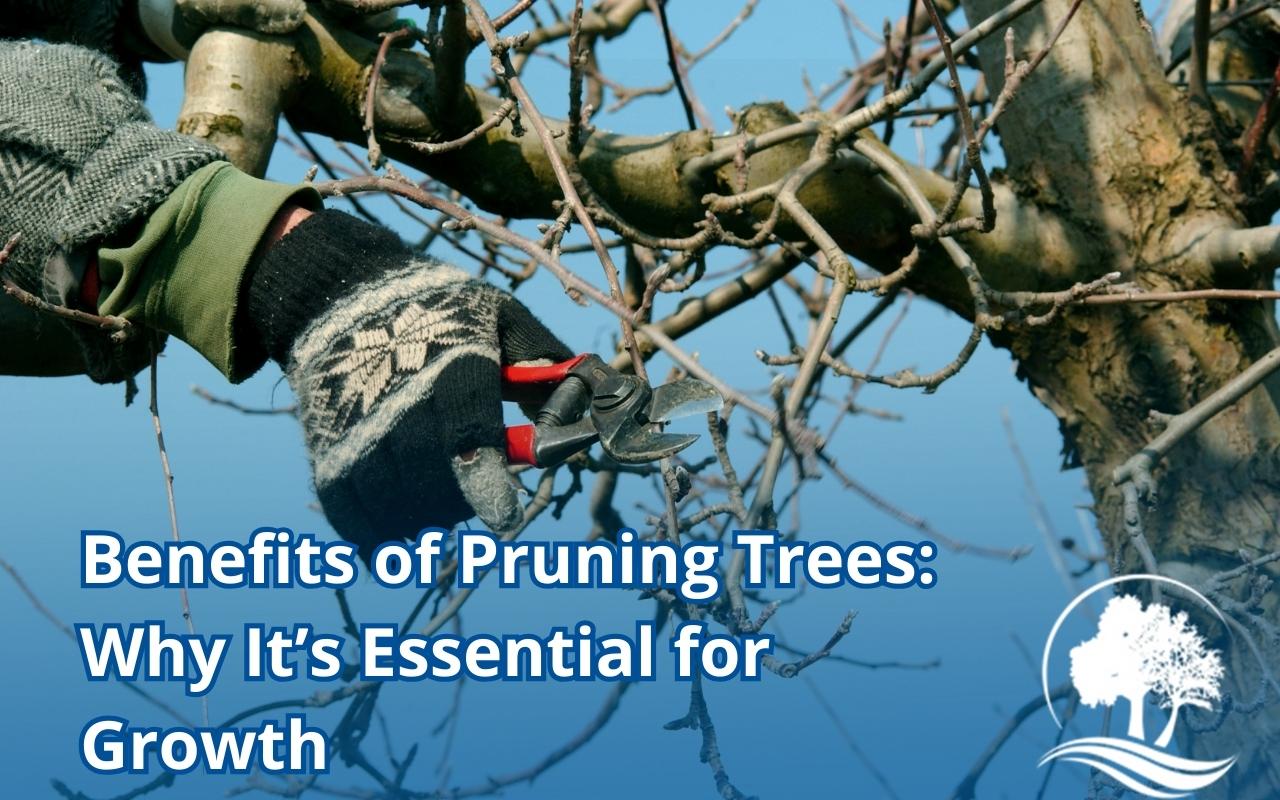
Healthy trees require regular maintenance, and pruning is one of the most effective ways to care for them. The benefits of pruning trees go beyond appearance—it promotes strong growth, reduces safety risks, and prevents long-term structural issues. Understanding how pruning impacts tree health can help property owners make informed decisions about maintaining their landscape.
Key Benefits of Pruning Trees
1. Stronger, More Resilient Growth
Pruning allows trees to focus their energy on healthy branches, improving overall strength. Removing weak or crowded limbs:
- Encourages stable branch development
- Helps trees withstand storms and high winds
- Supports balanced growth patterns
Without pruning, trees may develop heavy, unbalanced canopies that increase the risk of branch failure.
2. Prevention of Disease and Decay
Overgrown or damaged branches can trap moisture, creating an ideal environment for spreading disease and fungi. Pruning helps prevent infections by:
- Removing diseased or dying limbs
- Improving air circulation throughout the canopy
- Reducing overcrowding that leads to moisture buildup
Regular inspections and targeted pruning keep trees healthier in the long run.
3. Reduced Risk of Falling Branches
Dead or overgrown limbs pose a serious hazard, especially in harsh weather. Pruning minimizes safety risks by:
- Eliminating weak branches before they break
- Preventing limbs from interfering with power lines or structures
- Maintaining a stable structure that reduces the chance of unexpected falls
This is especially important for trees near homes, sidewalks, or high-traffic areas.
4. Improved Sunlight Exposure for Growth
Dense foliage can block light from reaching lower branches and surrounding plants. Pruning allows sunlight to penetrate deeper into the tree, promoting:
- Healthy leaf and flower production
- Stronger lower branches that receive adequate nutrients
- Better conditions for nearby grass and plants
A well-pruned tree creates a more balanced ecosystem in your landscape.
5. Increased Lifespan and Long-Term Health
Trees that are pruned regularly tend to live longer because they remain structurally sound. The process:
- Reduces stress on weaker branches
- Prevents the spread of pests and infections
- Supports the tree’s natural growth cycle
Proper care ensures that trees remain a lasting feature in any landscape.

When to Schedule Tree Pruning
Best Seasons for Pruning
- Dormant Season (Late Fall to Early Spring): Ideal for structural pruning and disease prevention.
- After Flowering: Best for trees that bloom in spring to avoid cutting next season’s buds.
- As Needed: Remove damaged or dangerous limbs immediately.
Signs Your Tree Needs Pruning
- Branches are growing unevenly or crossing over each other
- Dead or damaged limbs are visible
- The canopy is too dense, blocking sunlight
- The tree appears unbalanced or top-heavy
Addressing these signs early helps maintain a tree’s health and appearance.
Keep Your Trees Healthy with Professional Pruning
The benefits of pruning trees extend beyond aesthetics—it improves safety, supports healthy growth, and extends a tree’s lifespan. Regular maintenance keeps trees strong and resilient. If your trees need expert care, we can help. Our licensed and insured team has been providing professional tree services across Maryland, serving residential and commercial properties for over 17 years. Contact us today for a free estimate and expert pruning services.
